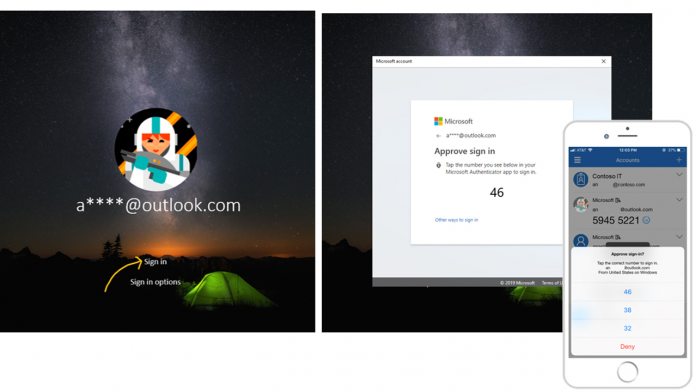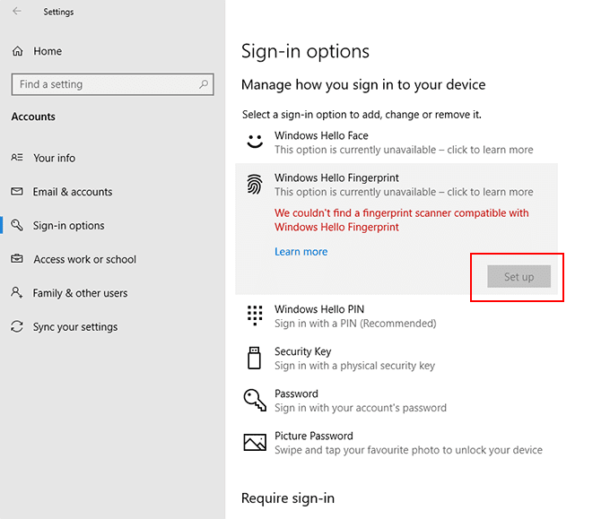

Passwordless Phone sign-in – User ExperienceĪs Microsoft GA released Passwordless authentication in Azure AD in its Ignite March 2021 event, today in this blog post, let us have a look into the different passwordless authentication offerings that are made available to the users.


Inherence factors (“Something the user is”) like fingerprints, retinal scans, face or voice recognition and other biometric identifiers.Some designs might also accept a combination of other factors such as geo-location, network address, behavioral patterns and gestures, as long as no memorized passwords are involved. Ownership factors (“Something the user has”) such as a cellular phone, OTP token, Smart card or a hardware token. These factors classically fall into two categories:

Passwordless authentication methods typically rely on Public-key cryptography infrastructure where the public key is provided during registration to the authenticating service (remote server, application or website) while the private key is kept on a user’s device (PC, smartphone or an external security token) and can only be accessed by providing a biometric signature or another authentication factor which isn't knowledge-based. In most common implementations users are asked to enter their public identifier (username, phone number, email address etc.) and then complete the authentication process by providing a secure proof of identity through a registered device or token. Passwordless authentication is an authentication method in which a user can log in to a computer system without the entering (and having to remember) a password or any other knowledge-based secret. Wikipedia Rate this definition: 0.0 / 0 votes


 0 kommentar(er)
0 kommentar(er)
